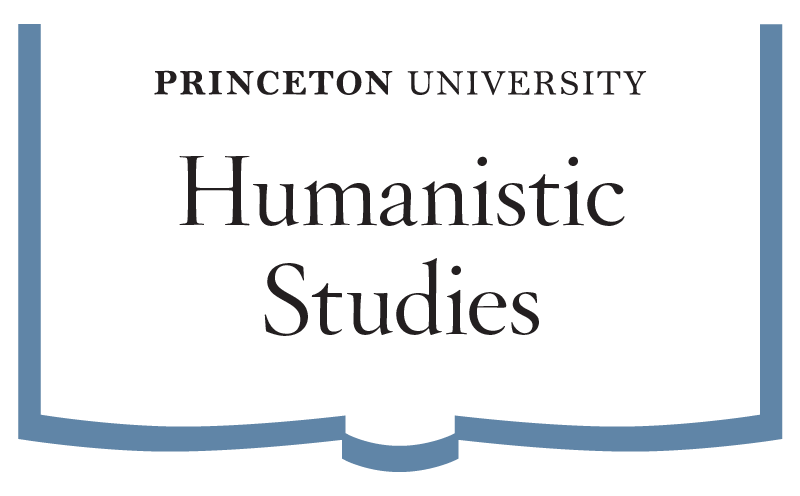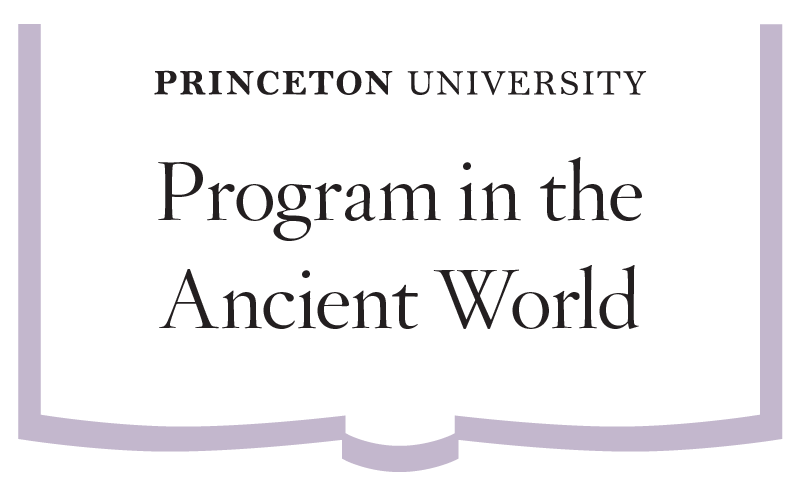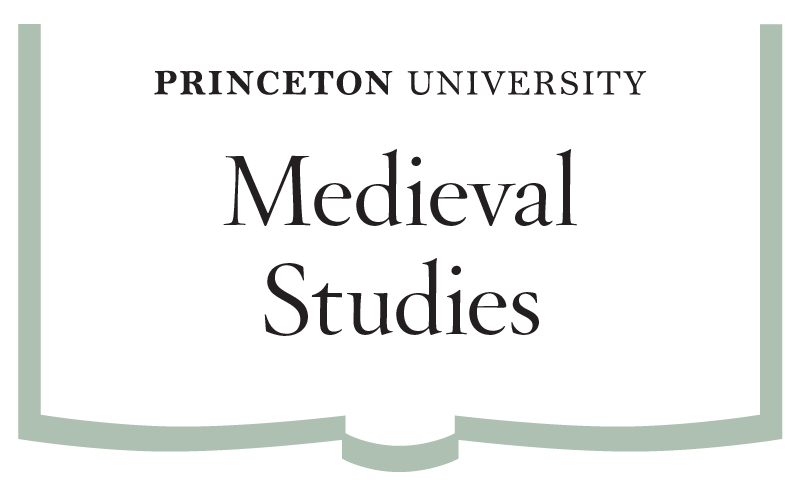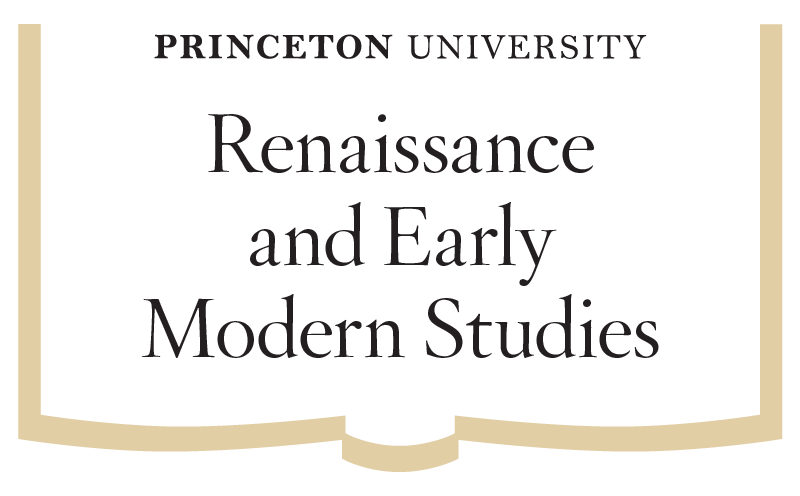
Euripides’ Proliferative Aesthetic
Naomi A. Weiss, Harvard University
Thu, 4/3 · 4:30 pm—6:00 pm · 010 East Pyne
Department of Classics

Already in his own lifetime, Euripides was known for pushing the boundaries of what a tragedy could or should be. While recent scholarship has tended to focus on discrete areas of experimentation, especially Euripides’ play with music and genre, this paper proposes the model of proliferation as a more holistic way of approaching his most innovative work. Setting three tragedies side by side, Orestes, Phoenissae, and the fragmentary Ino, I show how Euripides was experimenting with the potentiality of repetition and excess. I explore this at the level of plot, characters, and language, but also in terms of intertheatricality, a term used in Theater Studies for how one theatrical performance is constructed out of others, each existing within an expanding repertoire of gestures, actions, objects, and sounds. That we can see such experimentation already in Ino, for which the terminus ante quem is 425 BCE, complicates our usual understanding of “late Euripides” and indeed the development of Greek tragedy through the fifth century.















